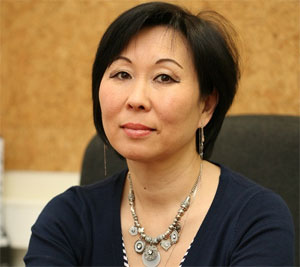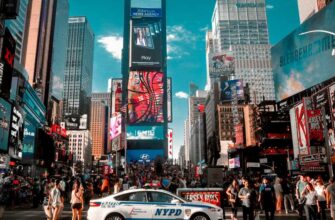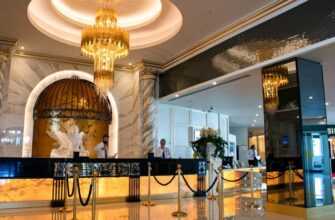Tourists from people’s Republic of China (PRC), which got the opportunity to travel to Russia without visas in the framework of cooperation between Russia and China, choose our country as a place of cultural recreation more often. According to the Tourist Association “World without borders”, for the first 9 months of 2016, Moscow and St.-Petersburg were visited by about 320 thousand tourists (+20% compared to the same period in 2015). The average duration of stay of China in the capital cities is 3 days. Among the Moscow attractions the most visited sites for Chinese guests are the Kremlin, the Lenin Mausoleum, the Park Kolomenskoye, Novodevichy convent, Arbat and exhibition center.
Tourist Association “World without borders” is a national scale Association of more than 170 companies in the sphere of Russian-Chinese tourism, with international representatives in China and Hong Kong. It was formed in 2002 for the promotion of Russian national tourist product on the international market and development of Russian-Chinese tourism.
In an interview with cultural and political magazine “E Vesti” Svetlana Pyatikhatka, Executive Director of the Tourist Association “World without borders”, told about the peculiarities of the Chinese holiday in Russia.
E Vesti: Please tell us whether the Beijing office of “Visit Russia” tracks the impression of Chinese tourists about Russia?
Pyatikhatka S.:Tourists from China to Russia notice the openness and hospitality of the host side. Many of tourists feel that “Russian and Chinese are brothers forever”, they highly appreciate the opportunity to relax in China by Friendly conditions (adaptation of the service under the Chinese – approx. ed.). Many tourists from China are keen on the Russian parks and green spaces, the trip to Russia is the opportunity for them to enjoy the fresh air and natural beauty.
In China, amber is much appreciated, therefore, coming to Russia, tourists from China are trying to buy amber Souvenirs. The amber room in the Catherine Palace is even many more interesting for them works then the Hermitage collection, and it makes a splash with tourists (approx. ed – this refers to the Amber room in the Catherine Palace of Tsarskoye Selo in Pushkin, Leningrad region).
E Vesti: How often Chinese tourists come to our country again?
Pyatikhatka S.:Russia remains a country of one journey, but now, thanks to the joint work of the tourist industry, regional governments and the support of the Federal tourism Agency cross-border routes are developing, increasing the number of re-visits of Chinese tourists to Russia, incl. Kazan, lake Baikal, the Crimea.
One of the important tasks of promotion of the Russian tourism potential on the Chinese market is to provide a variety of recreation options in our country, so that tourists associate Russia with not Moscow and St. Petersburg only, but also with other regions.
E Vesti: Does promotion of the scientific, cultural and business Russia for the Chinese tourists is provided in your Chinese activities (whether people there know about the possibility to listen to music here, to buy products, to visit Museums, etc.)?
Pyatikhatka S.: With the support of “World without borders” a map of Moscow in the Chinese language is published, where the whole flip side (size A2) about Russian culture and festivals, gastronomic traditions and variety of entertainment is offered, which is useful for tourist information. In addition, the map provides information on 20 major sites of the city and detailed information about the main underground Museum of the capital – the Moscow metro.
Catalogue of Russia in the Chinese language is published to exhibition events in China, as well as magazine “Russia today” annually issued together with the Russian Embassy in China, dedicated to the tourism opportunities of Russian regions.





